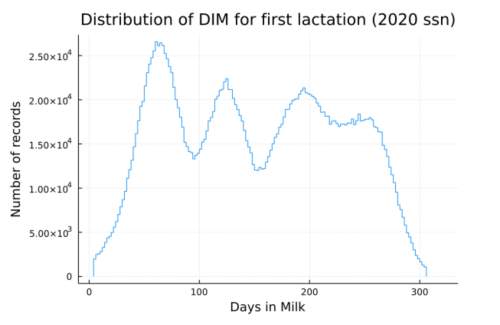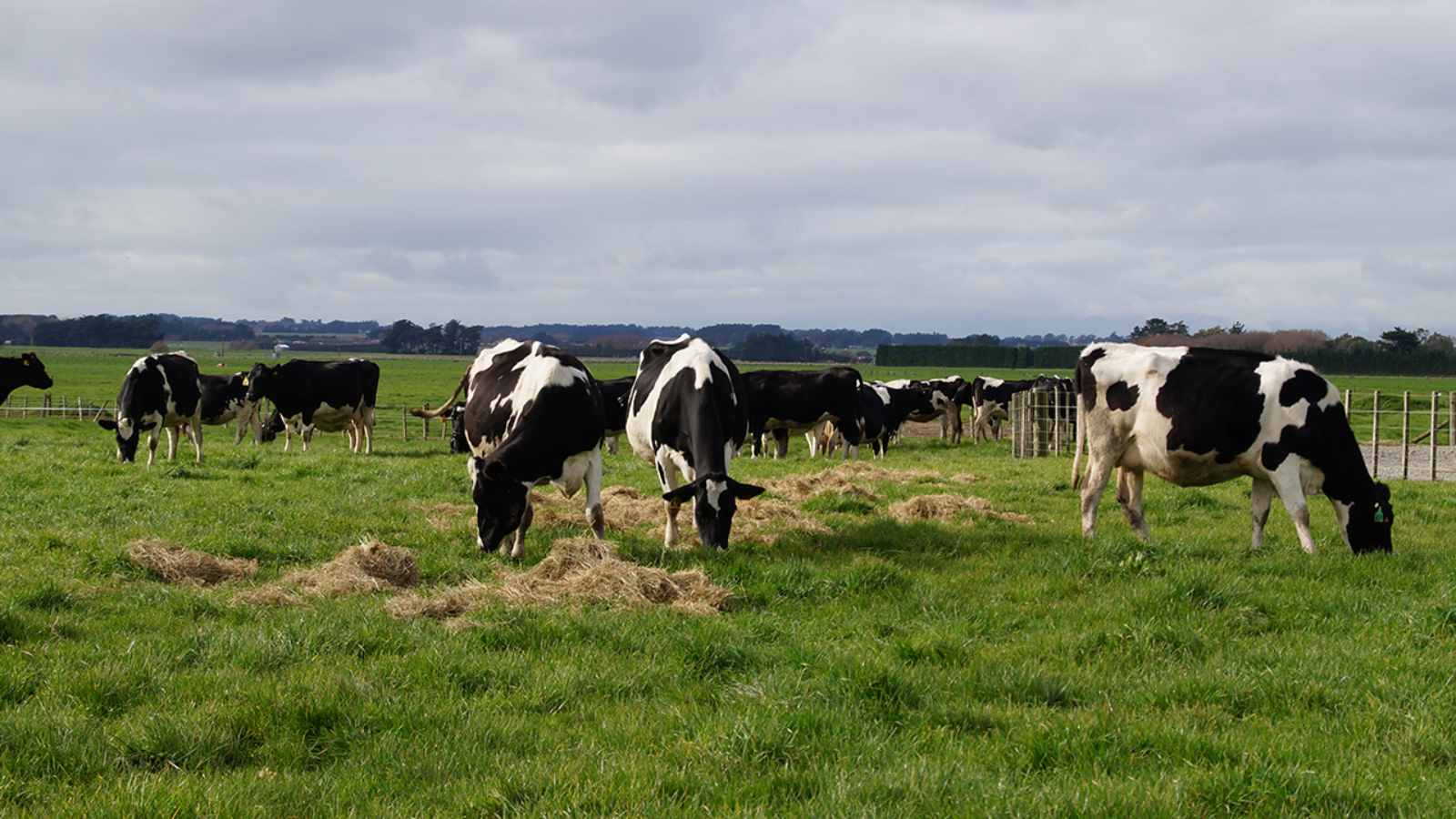Breeding worth (BW) is the index used in New Zealand to rank cows and bulls on their expected ability to breed profitable, efficient replacements. It is based on the breeding values of a number of different traits that relate to milk value, feed requirements, beef revenue, fertility, and survival. Each of these traits are weighted by their economic values so that the BW index reflects differences between animals in profit per five tonnes dry matter. A major determinant of BW is the milk revenue, determined by milk volume, fat yield, protein yield, and somatic cell score, all of which can be measured from routine herd testing.
Many foreign countries defined a lactation based on a period of 305 days, reflecting that fact that there are 365 days in a year, and the recommended dry period between lactations was 60 days. Such a lactation was well beyond the length practically and cost-effectively achievable in New Zealand’s pasture-only management circumstances that were common prior to the relatively recent use of irrigation, and widespread supplementary feeding of maize silage or palm kernel extract.
The BW system was developed almost 30 years ago, and at that time most herds carried out four alternate monthly herd tests. Practically no herd testing was undertaken on cows beyond 240 days of lactation. Nevertheless, it was collectively decided that the definition of a whole lactation should be based on the yields that would have been observed for a 270 day period, not the 240 days for which herd testing was common, nor the 305 days that was used overseas.
Changes in dairy management systems over the last two decades have led to gradual extensions in lactation lengths, such that there was progressive censoring of herd test records from early calving cows at late-season herd tests. When the Farmer Advisory Panel discovered these late-season records were not being used in evaluation they were rightly concerned that this data collected at the expense of farmers was not being used in evaluation. The herd test regulations require that all cows in a herd are herd tested together, and herd test providers must provide all those records to the dairy industry good animal database (DIGAD). It therefore seems contradictory that those records after 270 days in milk should be censored.
Research has just now been completed to compare the current evaluations using the 270-day filter and a relaxed filter that allows herds to be considered, provided the herd test was within 365 days of the planned start of calving, and individual records on cows in those herds to be included up to 305 days in milk. This added almost four million herd test records to the 250 million herd test records currently used in animal evaluation (see figure 1 based on 1st lactation records from the 2020/21 season). The additional records had little impact on rankings as reflected for fat yield by correlations between current and prototype evaluations exceeding 0.99 for AE enrolled sires, sires on the RAS list, bull mothers, or the entire national herd. The biggest impact was on the subset of about 97,000 cows that only had records from first lactation and had one or more late season herd tests excluded from the evaluation. For those cows the correlation was almost 0.98. The impact of relaxing the filter was only slightly more apparent for somatic cell score evaluations for those cows which had one or more censored records, where the correlation exceeded 0.96.
The results from the current and prototype evaluation will be shared with the Farmer Advisory Panel, and other industry stakeholders, but it is anticipated that the prototype change will be adopted as the basis of all production runs from sometime this current season.



Add a Comment
You must be logged in to post a comment